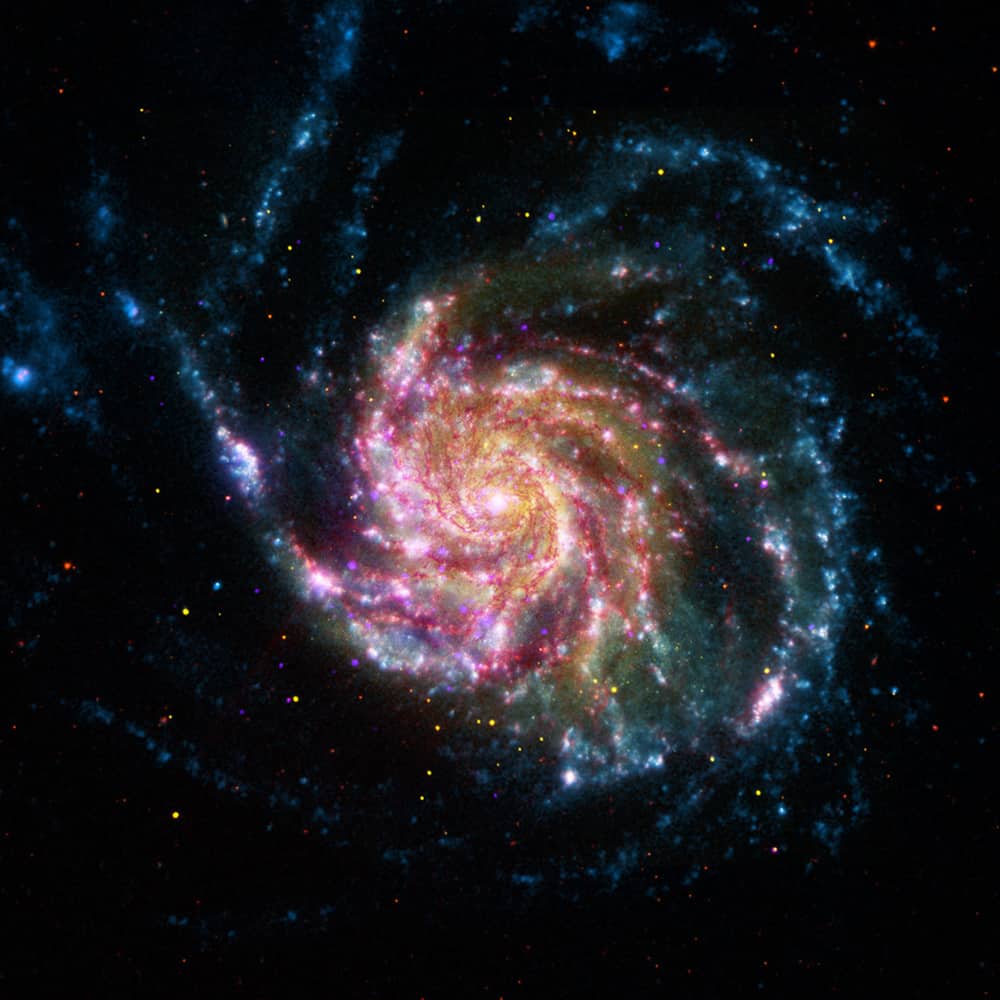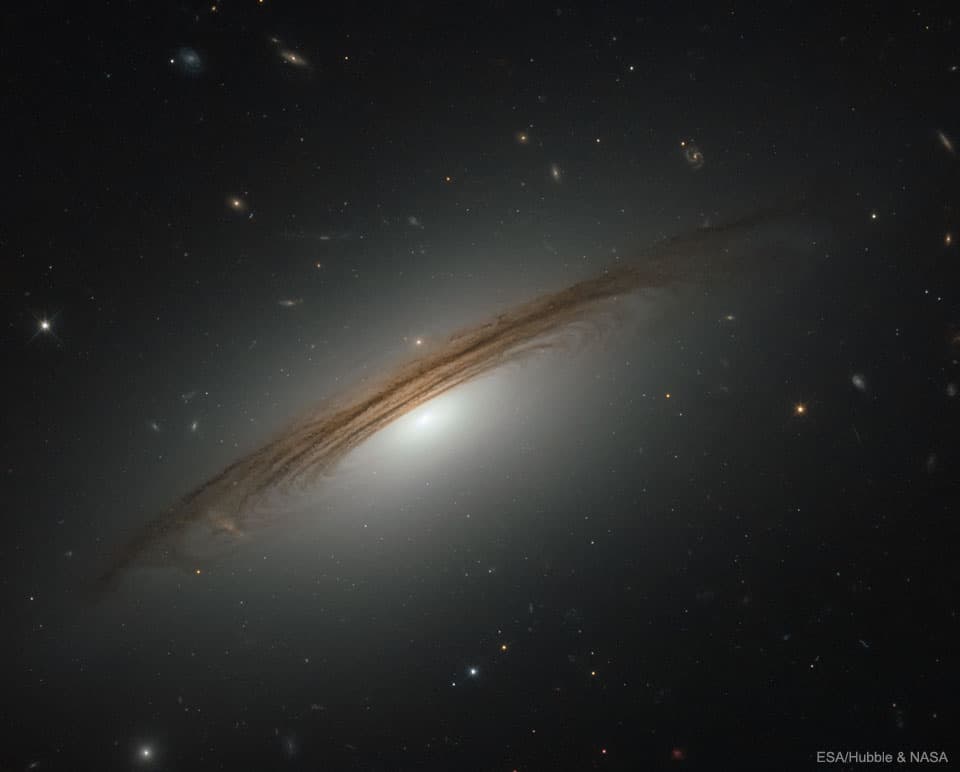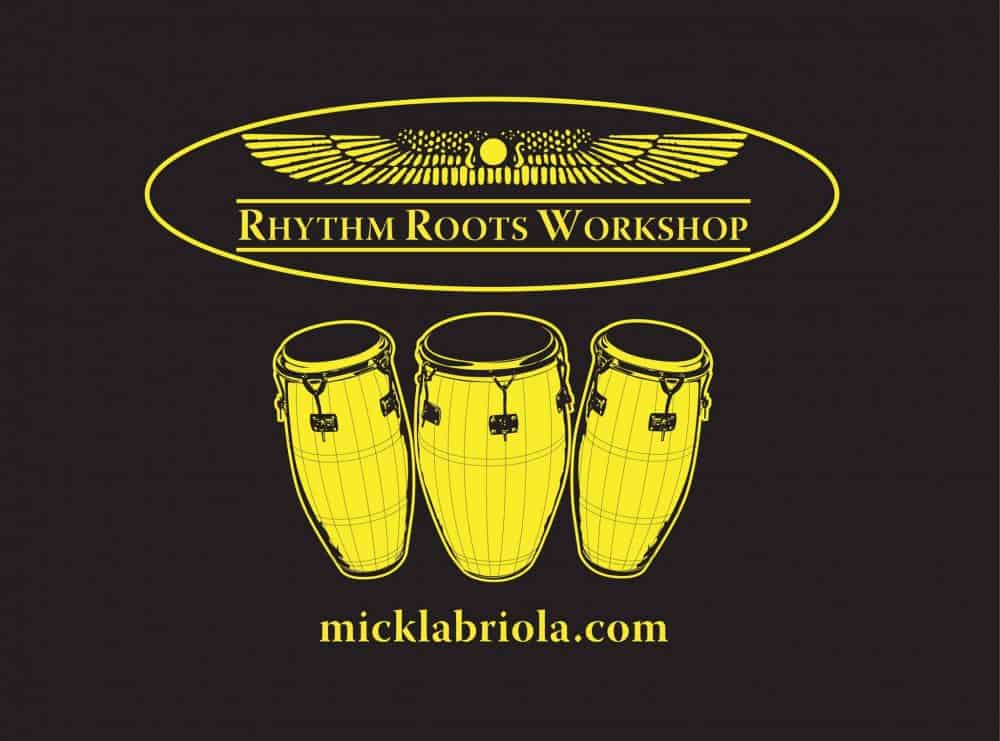Blog
David Spencer Ware (November 7, 1949 – October 18, 2012) was an American jazz saxophonist, composer, and bandleader.
Ware was born in Plainfield, New Jersey, grew up in Scotch Plains, New Jersey, graduated from Scotch Plains-Fanwood High School, and briefly attended the Berklee College of Music. He moved to NYC in 1973, where he participated in the loft jazz scene, and later worked as a cab driver for 14 years in order to focus on his own group concept. In the early 1980s, he returned to Scotch Plains with his wife Setsuko S. Ware.
Ware’s debut album as a leader was recorded in 1977 – together with pianist Gene Ashton (aka Cooper-Moore) and drummer Marc Edwards – and released by HatHut in 1979. He performed and recorded with the groups of pianist Cecil Taylor and drummer Andrew Cyrille in the mid-late 1970s. He formed his own quartet in 1989. The group was originally composed of Ware, pianist Matthew Shipp, bassist William Parker, and drummer Marc Edwards. While Shipp and Parker were members for the group’s entire existence, the drum chair was later occupied by Whit Dickey, Susie Ibarra, and Guillermo E. Brown.
The David S. Ware Quartet performed across the US and Europe and released a series of increasingly acclaimed albums spanning the 1990s on the independent labels Silkheart, DIW, Homestead, and AUM Fidelity. Saxophonist Branford Marsalis signed Ware to Columbia Records in 1998 for a three-album contract. In 2001, jazz critic Gary Giddins described Ware’s quartet as “the best small band in jazz today”. In 2007, after 17 years together, the quartet was disbanded following the release of the album Renunciation and a final European tour that spring. Ware proceeded to perform concerts and record albums with a series of new group configurations: a new quartet featuring guitarist Joe Morris, William Parker, and drummer Warren Smith; a special trio celebrating his 50th year of playing saxophone (in 2009) with Parker and Smith; a 2-volume series of solo saxophone performances; and finally with his last quartet, Planetary Unknown, featuring Cooper-Moore, Parker, and drummer Muhammad Ali. His final concert performance was with Planetary Unknown on August 27, 2011, at Jazzfestival Saalfelden in Austria. The recording of that concert was released in July 2012 on AUM Fidelity.
Ware was first diagnosed with kidney failure in 1999, and, following nearly a decade of undiminished creative activity while on a strict regimen of peritoneal dialysis, Ware underwent a critically necessary and successful kidney transplantation in May 2009. The organ donor was Floridian Laura Mehr, who responded to an urgent email message sent out to nearly 1,000 of Ware’s fans.
more...Roberta Joan “Joni” Mitchell CC (née Anderson; born November 7, 1943) is a Canadian singer-songwriter. Drawing from folk, pop, rock, and jazz, Mitchell’s songs often reflect social and environmental ideals as well as her feelings about romance, confusion, disillusionment, and joy. She has received many accolades, including nine Grammy Awards and induction into the Rock and Roll Hall of Fame in 1997. Rolling Stone called her “one of the greatest songwriters ever”, and AllMusic has stated, “When the dust settles, Joni Mitchell may stand as the most important and influential female recording artist of the late 20th century”.
Mitchell began singing in small nightclubs in her hometown of Saskatoon, Saskatchewan, and throughout western Canada, before busking in the streets and nightclubs of Toronto, Ontario. In 1965, she moved to the United States and began touring. Some of her original songs (“Urge for Going”, “Chelsea Morning“, “Both Sides, Now“, “The Circle Game“) were covered by other folk singers, allowing her to sign with Reprise Records and record her debut album, Song to a Seagull, in 1968. Settling in Southern California, Mitchell, with popular songs like “Big Yellow Taxi” and “Woodstock“, helped define an era and a generation. Her 1971 album Blue is often cited as one of the best albums of all time; it was rated the 30th best album ever made in Rolling Stone‘s list of the “500 Greatest Albums of All Time“. In 2000, The New York Times chose Blue as one of the 25 albums that represented “turning points and pinnacles in 20th-century popular music”.[6] In 2017, NPR ranked Blue number 1 on a list of Greatest Albums Made By Women. Mitchell’s fifth album, For the Roses, was released in 1972. She then switched labels and began exploring more jazz-influenced melodic ideas, by way of lush pop textures, on 1974’s Court and Spark, which featured the radio hits “Help Me” and “Free Man in Paris“ and became her best-selling album.
Around 1975, Mitchell’s vocal range began to shift from mezzo-soprano to more of a wide-ranging contralto. Her distinctive piano and open-tuned guitar compositions also grew more harmonically and rhythmically complex as she explored jazz, melding it with influences of rock and roll, R&B, classical music and non-western beats. In the late 1970s, she began working closely with noted jazz musicians, among them Jaco Pastorius, Wayne Shorter, Herbie Hancock, Pat Metheny, as well as Charles Mingus, who asked her to collaborate on his final recordings. She later turned again toward pop, embraced electronic music, and engaged in political protest. In 2002, she was awarded a Lifetime Achievement Award at the 44th Annual Grammy Awards.
Mitchell is the sole producer credited on most of her albums, including all her work in the 1970s. A blunt critic of the music industry, she quit touring and released her 17th, and reportedly last, album of original songs in 2007. With roots in visual art, Mitchell has designed most of her own album covers. She describes herself as a “painter derailed by circumstance”.
more...Joe Bushkin (November 7, 1916 – November 3, 2004) was an American jazz pianist.
Born in New York City, Bushkin began his career by playing trumpet and piano with New York City dance bands, including Frank LaMare’s Band at the Roseland Ballroom in Brooklyn. He joined Bunny Berigan‘s band in 1935, played with Eddie Condon from 1936–37, and with Max Kaminsky and Joe Marsala, before rejoining Berigan in 1938. He then left to join Muggsy Spanier‘s Ragtime Band in 1939. From the late 1930s through to the late 1940s he also worked with Tommy Dorsey Eddie Condon on records, radio and television. After service in World War II he worked with Louis Armstrong, Bud Freeman and Benny Goodman.
Bushkin performed with Louis Armstrong and his All Stars with Velma Middleton singing vocals for the famed ninth Cavalcade of Jazz concert held at Wrigley Field in Los Angeles. The concert was produced by Leon Hefflin, Sr. on June 7, 1953. Also featured that day were Roy Brown and his Orchestra, Don Tosti and His Mexican Jazzmen, Earl Bostic, Nat “King” Cole, and Shorty Rogers and his Orchestra. He married Francice Netcher, elder sister of socialite Mollie Wilmot. The couple had four children – Nina, Maria, Terasa, and Christina. They lived in Santa Barbara, California, on a ranch. His best-known composition might be “Oh! Look at Me Now“, with John DeVries, written when he worked in Tommy Dorsey‘s band. That song would become Frank Sinatra‘s second hit and one of his most enduring songs right after “Polkadots & Moonbeams.”
more...
Howard Rumsey (November 7, 1917 – July 15, 2015) was an American jazz double-bassist known for his leadership of the Lighthouse All-Stars in the 1950s.
Born in Brawley, California, Rumsey first began playing the piano, followed by the drums and finally the bass. After jobs with Vido Musso and Johnnie Davis, Rumsey became part of Stan Kenton‘s first band. Rumsey soon left Kenton after an argument. He played with Charlie Barnet and Barney Bigard before taking a short hiatus from music. Following this absence from music, Rumsey returned to the Los Angeles jazz scene to form the group the Lighthouse All-Stars. For most of the 1950s this group played each Sunday at the Lighthouse Cafe in Hermosa Beach. During its lifetime, the Lighthouse All-Stars were one of the primary modern jazz institutions on the west coast, providing a home for many Los Angeles musicians.
Rumsey died from complications of pneumonia in Newport Beach, California, at the age of 97. In early 1949, Rumsey was in search of a playing job and came across the Lighthouse Club on Pier Avenue in Hermosa Beach, which he felt would be an ideal place to play music. The Lighthouse was built in 1934 as a restaurant named Verpilates. In 1940, the business changed hands, and under new ownership it was turned into a Polynesian-styled club named the Lighthouse, primarily serving merchant seamen. In 1948 the club was sold to John Levine. After convincing Levine to permit the playing of jazz in the club, Rumsey played his first show on Sunday 29 May 1949, to immediate success.
The first Lighthouse All-Stars was a group made up of Los Angeles musicians who had been a part of the Central Avenue scene in the 1940s, including Teddy Edwards, Sonny Criss, Hampton Hawes, Frank Patchen, Bobby White and Keith Williams. This band lasted for a time before Rumsey changed personnel to feature a new wave of players. The second edition of the Lighthouse All-Stars featured Jimmy Giuffre, Shorty Rogers, and Shelly Manne. The success of this group soon landed them with a recording contract for Les Koenig’s Contemporary Records. Not only were the Lighthouse All-Stars recording for Contemporary, but many of the members of the group were also leading sessions for this same label.
https://www.youtube.com/watch?v=su5oljCO30k
more...Wilder Community Center for Aging in St Paul. Wednesday November 6th Great Room session 945-1145am & Day Room session 1-230pm. Also November 11th & 13th.

more...
This image of the Pinwheel Galaxy, or M101, combines data in the infrared, visible, ultraviolet and x-rays from four of NASA’s space telescopes. This multi-spectral view shows that both young and old stars are evenly distributed along M101’s tightly-wound spiral arms. Such composite images allow astronomers to see how features in one part of the spectrum match up with those seen in other parts. It is like seeing with a regular camera, an ultraviolet camera, night-vision goggles and X-Ray vision, all at once! The Pinwheel Galaxy is in the constellation of Ursa Major (also known as the Big Dipper). It is about 70% larger than our own Milky Way Galaxy, with a diameter of about 170,000 light years, and sits at a distance of 21 million light years from Earth. This means that the light we’re seeing in this image left the Pinwheel Galaxy about 21 million years ago – many millions of years before humans ever walked the Earth. The red colors in the image show infrared light, as seen by the Spitzer Space Telescope. These areas show the heat emitted by dusty lanes in the galaxy, where stars are forming. The yellow component is visible light, observed by the Hubble Space Telescope. Most of this light comes from stars, and they trace the same spiral structure as the dust lanes seen in the infrared. The blue areas are ultraviolet light, given out by hot, young stars that formed about 1 million years ago. The Galaxy Evolution Explorer (GALEX) captured this component of the image. Finally, the hottest areas are shown in purple, where the Chandra X-ray observatory observed the X-ray emission from exploded stars, million-degree gas, and material colliding around black holes.

Glenn Lewis Frey (/fraɪ/; November 6, 1948 – January 18, 2016) was an American singer, songwriter, actor and founding member of the rock band the Eagles. Frey was the co-lead singer and frontman for the Eagles, roles he came to share with fellow member Don Henley, with whom he wrote most of the Eagles’ material. Frey played guitar and keyboards as well as singing lead vocals on songs such as “Take It Easy“, “Peaceful Easy Feeling“, “Tequila Sunrise“, “Already Gone“, “James Dean“, “Lyin’ Eyes“, “New Kid in Town“, and “Heartache Tonight“.
After the breakup of the Eagles in 1980, Frey embarked on a successful solo career. He released his debut album, No Fun Aloud, in 1982 and went on to record Top 40 hits “The One You Love“, “Smuggler’s Blues“, “Sexy Girl“, “The Heat Is On“, “You Belong to the City“, “True Love“, “Soul Searchin’” and “Livin’ Right“. As a member of the Eagles, Frey won six Grammy Awards, and five American Music Awards. The Eagles were inducted into the Rock and Roll Hall of Fame in 1998, the first year they were nominated. Consolidating his solo recordings and those with the Eagles, Frey had 24 Top 40 singles on the Billboard Hot 100.
Frey was born in Detroit, Michigan. Growing up in Royal Oak, Michigan, he studied piano at age five, later switched to guitar, and became part of the mid-1960s Detroit rock scene. One of his earliest bands was called the Subterraneans, named after Jack Kerouac‘s novel, and included fellow Dondero High School classmates Doug Edwards (later replaced by Lenny Mintz) on drums, Doug Gunsch and Bill Barnes on guitar and Jeff Hodge on bass.
https://www.youtube.com/watch?v=ceO_QpHeLAQ
more...Arturo Sandoval (born November 6, 1949) is a Cuban-American jazz trumpeter, pianist and composer.
Sandoval, while living in his native Cuba, was influenced by jazz musicians Charlie Parker, Clifford Brown, and Dizzy Gillespie, finally meeting Gillespie later in 1977. Gillespie became a mentor and colleague, playing with Sandoval in concerts in Europe and Cuba and later featuring him in the United Nations Orchestra. Sandoval defected while touring with Gillespie in 1990, and he became an American naturalized citizen in 1998.
His life was the subject of the film For Love or Country: The Arturo Sandoval Story (2000), starring Andy García. Sandoval has won ten Grammy Awards and been nominated nineteen times; he has also received six Billboard Awards and one Emmy Award. Additionally, Sandoval has performed in a Super Bowl Halftime Show (1995), in an Orange Bowl (2009)[2] at the White House, and at the University of Notre Dame.
On August 8, 2013, President Barack Obama announced that Sandoval would receive the Presidential Medal of Freedom.
Sandoval was born in Artemisa. As a twelve-year-old boy in Cuba, Sandoval played trumpet with street musicians. He helped establish the Orquesta Cubana de Musica Moderna, which became the band Irakere in 1973. He toured worldwide with his own group in 1981. The following year he toured with Dizzy Gillespie, who became his friend and mentor. From 1982 to 1984, Sandoval was voted as Cuba’s Best Instrumentalist and was a guest artist at the BBC and Leningrad Symphony Orchestras. In 1989, Gillespie invited Sandoval to be part of the United Nations Orchestra. During a tour with this group, Sandoval visited the American Embassy in Rome to defect from Cuba. He became an American citizen on December 7, 1998.
Sandoval has performed Latin jazz with Paquito D’Rivera, Tito Puente, and Chico O’Farrill, Cuban music in Miami, and classical music in England and Germany. In the 1990s, he was a member of the GRP All-Star Big Band.
more...Galaxy UGC 12591 is difficult — it has dark dust lanes like a spiral galaxy but a large diffuse bulge of stars like a lenticular.Surprisingly observations show that UGC 12591 spins at about 480 km/sec, almost twice as fast as our Milky Way, and the fastest rotation rate yet measured. The mass needed to hold together a galaxy spinning this fast is several times the mass of our Milky Way Galaxy. Progenitor scenarios for UGC 12591 include slow growth by accreting ambient matter, or rapid growth through a recent galaxy collision or collisions — future observations may tell. The light we see today from UGC 12591 left about 400 million years ago, when trees were first developing on Earth.

Neil Cowley (born 5 November 1972) is a dynamic composer whose previous incarnations include Fragile State, the Green Nuns of the Revolution, and the Neil Cowley Trio, which appeared on Later… with Jools Holland in April 2008 and won the 2007 BBC Jazz Award for best album for Displaced.. In 2018 Neil announced he was working on a new electronic focused solo project
Cowley was born in London. He began as a classical pianist and performed a Shostakovich piano concerto at the age of 10 at Queen Elizabeth Hall. In his late teens Cowley moved into being a keyboardist for soul and funk acts Mission Impossible, the Brand New Heavies, Gabrielle and Zero 7. He also appeared as a co-composer and session musician with the jazz-rock group Samuel Purdey. An early album was “Foxbury Rules”, released under the pseudonym Diamond Wookie.
In 2002 he formed the duo Fragile State with Ben Mynott; after its end, the Neil Cowley Trio. In 2006 he released an album called Soundcastles under the name Pretz.
In 2008 the Neil Cowley Trio recorded cover versions of the Beatles‘ “Revolution 1” and “Revolution 9” for Mojo magazine. In 2012, he appeared as the session pianist on Adele‘s album 21.
In 2013 he was Musician in Residence for Derry when it was designated the inaugural UK City of Culture.
On 16 September 2016 the album Spacebound Apes was released by Neil Cowley Trio.
more...Arthur Ira Garfunkel (born November 5, 1941) is an American singer, poet, and actor. He is best known for his partnership with Paul Simon in the folk rock duo Simon & Garfunkel.
Highlights of his solo music career include a top 10 hit, three top 20 hits, six top 40 hits, 14 Adult Contemporary top 30 singles, five Adult Contemporary number ones, two UK number ones and a People’s Choice Award. Through his solo and collaborative work, Garfunkel has earned eight Grammys, including a Lifetime Achievement Award. In 1990, he and Simon were inducted into the Rock and Roll Hall of Fame. In 2008, Garfunkel was ranked 86th in Rolling Stone magazine’s list of the 100 Greatest Singers of All Time.
Garfunkel was born in Forest Hills, Queens, New York City, the son of Rose (née Pearlman) and Jacob “Jack” Garfunkel, a traveling salesman. Art is a middle child with two brothers, the older named Jules and the younger named Jerome. Jacob’s parents had originally immigrated to the United States at the turn of the century, and settled in Manhattan. Before his career in sales, Jacob worked as an actor in Dayton, Ohio.
more...John Vivian “Jack” McVea (November 5, 1914 – December 27, 2000) was an American swing, blues, and rhythm and blues woodwind player and bandleader. He played clarinet and tenor and baritone saxophone.
Born in Los Angeles, California, his father was the noted banjoist Satchel McVea, and banjo was Jack McVea’s first instrument. He played jazz in Los Angeles for several years, and joined Lionel Hampton‘s orchestra in 1940. From 1944 on he mostly worked as a leader. He performed at the first Jazz at the Philharmonic concert in 1944.
Jack Mc Vea played at the famed Cavalcade of Jazz concert held at Wrigley Field in Los Angeles produced by Leon Hefflin Sr. on October 12, 1946. Lionel Hampton and his Orchestra, Slim Gaillard, T-Bone Walker, The Honeydrippers, Madaline Green, Winnie Brown, Reathis Stevens, Joan Benson and Louis Armstrong were all on the same program.
McVea was leader of the Black & White Records studio band and was responsible for coming up with the musical riff for the words “Open the Door, Richard“. Ralph Bass persuaded him to record it in 1946 and it became immensely popular, entering the national charts the following year, and was recorded by many other artists.
more...Rhythm Roots Workshop Residency at Wilder Community Center for Aging in St Paul. November 4th, 6th, 11th & 13th.
930-1130am-Great Room 1-230pm-Day Room

More Posts
- John Pizzarelli
- Charlie Rouse
- Art Taylor
- World Music Maandeeq
- Daily Roots-Roots International
- National Protest Today
- WOW
- The Big Lie
- Somali Blues 4-6-2025
- Dangerous Nazi Take Down
- Stan Levey
- Allan Clarke
- Cosmo IC 2177
- Nabil Totah
- Billy Bland
- Stanley Turrentine
- World Music Halima Khalif Magool
- Daily Roots Perry King Tubby
- UNITE
- STOP THIS NOW